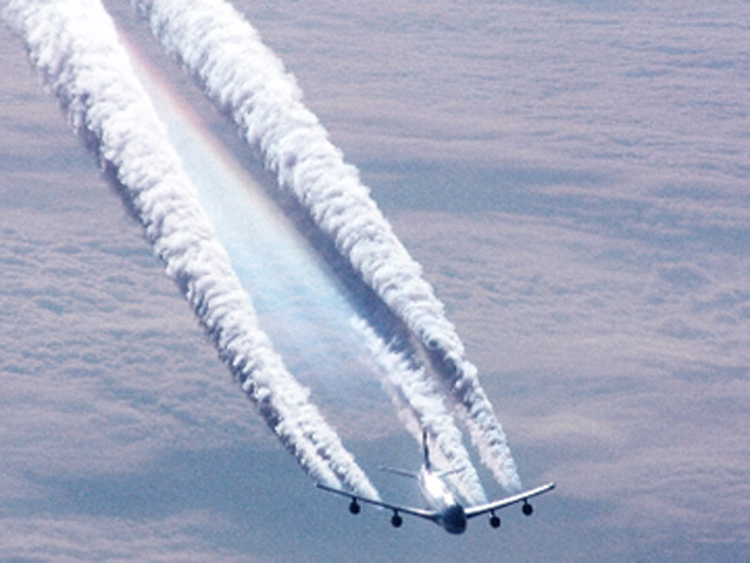St. Phatty
Active member
Yeah - what happened to winter? - over here in London U.K. its mid-winter, and we are not getting the freezing temperatures and snow/ice we used to get when I was a lad hardly at all - down here in the south of England right now (and for the past few years) - the weather is more like an extended autumn - or an early spring at this time of year - its confusing the heck out of the trees, plants and shrubs etc -
It may be a safe bet to expect an early spring.
In Southern Oregon it's not quite as cold as usual. Haven't had to run a heater in the well house, which is something I do when it's in the teens in degrees F.
Rain is running a little less than half of usual amount. Enough to replenish the well.






